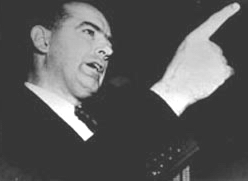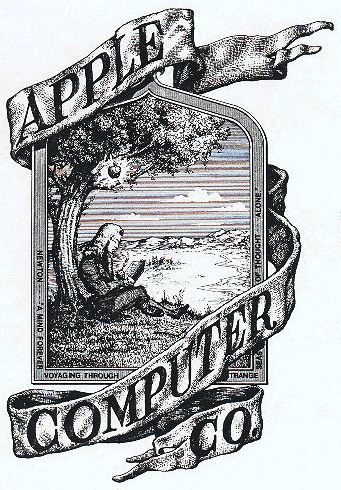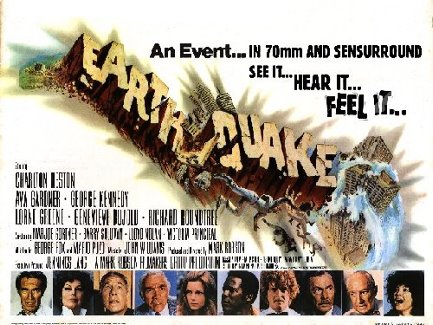The literal transition of the German word is "house of building". The term is now used to describe a type of architecture created in 1919 after a design school named "Bauhaus" was built for students who wanted to break traditional design and begin a modernist style. The students there wanted to combine art, technology and craftmanship to create a new kind of philosophical way of designing. In 1925 the Bauhaus design school moved from Weimar to Dessau and then moved again in 1932 to Berlin. The architects that built the design school rejected "bourgeois" ideas like cornices, eaves and other decorations and instead the Bauhaus buildings had cube shapes, flat roofs, and smooth surfaces. When the Nazis began ruling in Germany, the school discontinued.
The 1950s with McCarthy -
Senator Joseph McCarthy was a famous American politician who was known during the time of the Cold War right before communism began to take reign. His claims that he made fed the fear that was beginning to spread about communism and people felt that he was either talking B.S. or completely the truth. From McCarthy, the term McCarthyism was created. It referred to McCarthy's ways and was used in situations where communist activity was implemented. McCarthyism is often used in accusatory situations.



















